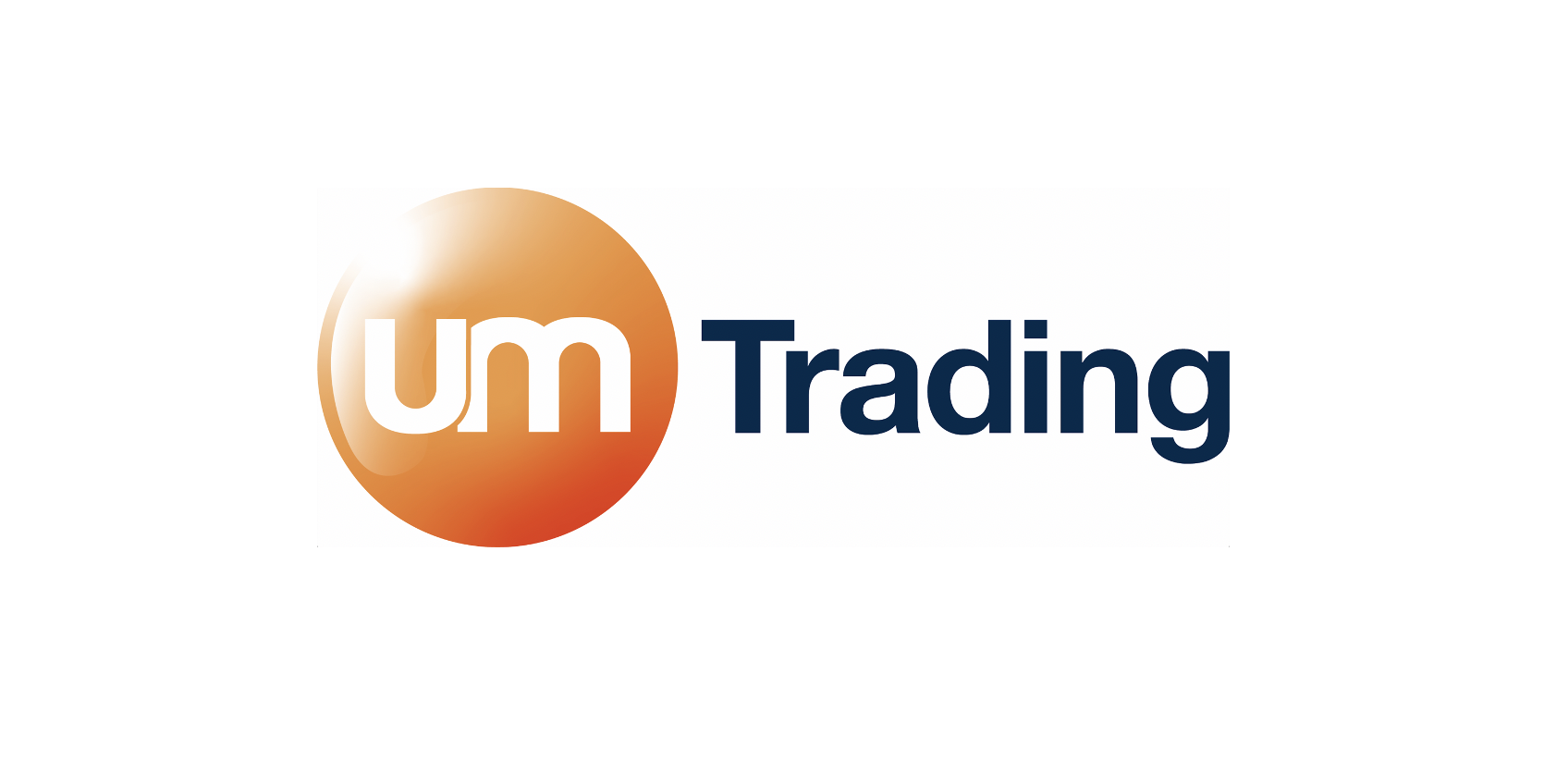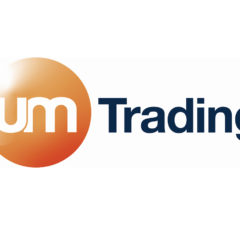Opinions Focus
- Molasses prices have been high in 2022.
- Beet molasses have increased more than cane molasses.
- This is leading to lower beet molasses demand.
Similar to many other commodities in 2022 molasses prices, both cane and beet molasses, have been trading at inflated levels. There has now been sufficient time to allow some patterns to appear in terms of the impact on demand.
Beet molasses prices have increased more than cane molasses in 2022 and has seen the greatest changes in demand which we focus our following analysis on. There are two broad trends:
1. In Europe we have seen a fall in imported beet molasses for animal feed which has been substituted for lower-priced cane molasses.
2. Global fermentation demand for imported beet molasses has declined.
Trend one is a straightforward change, with European molasses feed markets replacing beet molasses with cane molasses. The differential in price between the two commodities has been up to €100 per metric tonne in 2022.
Trend two is a global impact, with fermenters in Europe, Asia and North America all reducing demand for imported beet molasses. Some fermentation customers have substituted beet molasses for cane molasses. Other customers have completely replaced molasses as fermentation substrate. In at least one case one European fermentation customer has suspended production at their factory.
There are alternative substrates available for fermentation, in North America the most competitive alternative is HFCS. It is expected that North American imports of beet molasses will fall by a minimum 50,000 mt per year. In Asia we have seen some fermentation customers import semi-refined fermentation products from China, eliminating the requirement for imported beet molasses. Other Asian customers are maximising cane molasses usage. In Europe the typical fermentation customers have fewer alternatives, although we have seen an increase in the ratio of cane molasses to beet molasses in the substrate mix. There has been a renewed interest in sugar syrups, however the high price of sugar in Europe is hampering that option. As noted above, we have seen one customer completely suspend production.
In summary it is clear that the inflated price of beet molasses, a combination of the war in Ukraine, higher freight costs and a smaller EU sugar beet crop due to drought, has reduced global demand for imported beet molasses. The decline in demand is clear in 2022, the next question to address is whether this is a short term adjustment or is it likely to persist on the longer term? In terms of feed demand, the market is quite flexible and if the beet molasses price differential to cane molasses reduces, demand can return to previous levels. In the fermentation market once customers have adjusted their feedstock usage and fermentation systems the change is usually a long term adjustment. It can be viewed that the high price of beet molasses, both in actual and relative terms to cane molasses, will have a long term structural impact on the beet molasses market – there is likely to be a permanent reduction in imported beet molasses globally.














